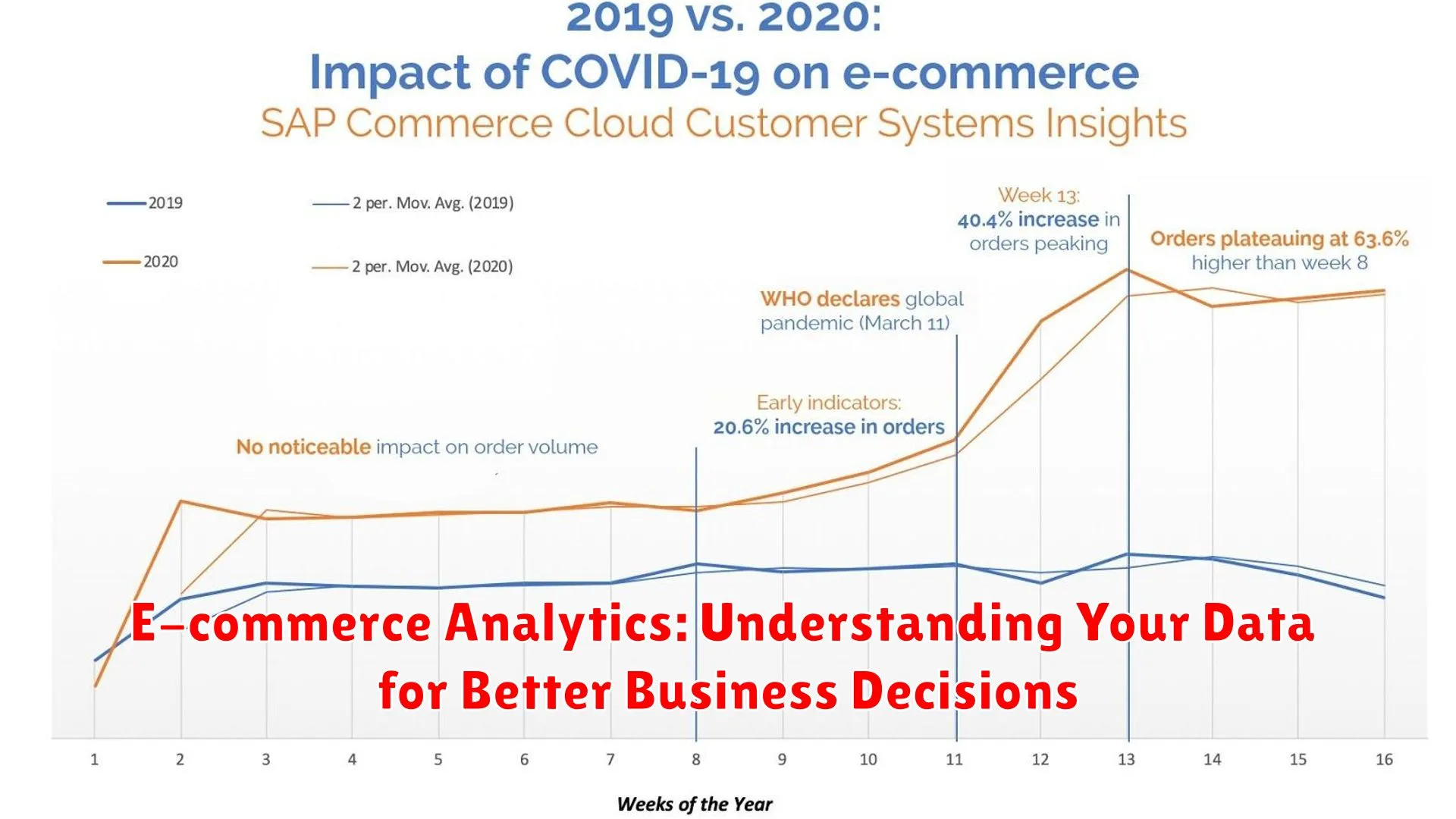In the world of E-commerce, leveraging analytics is paramount for making informed business decisions. Understanding your data is key to unlocking insights that drive growth and success. Let’s delve into how E-commerce analytics can empower your business strategies.
The Basics of E-commerce Analytics

In the world of e-commerce, understanding and utilizing analytics data are vital for making informed business decisions that drive growth and success. E-commerce analytics involves the collection, measurement, analysis, and interpretation of data related to online transactions, customer behavior, and overall performance of an online store.
Key Elements of E-commerce Analytics:
- Website Traffic: Analyzing the number of visitors, page views, and where the traffic is coming from can help you understand your audience and optimize marketing strategies.
- Conversion Rate: Monitoring the percentage of visitors who make a purchase can provide insights into the effectiveness of your website design, products, and promotions.
- Customer Behavior: Tracking customer actions, such as time spent on site, products viewed, and shopping cart abandonment rates, can guide personalized marketing efforts and improve the shopping experience.
- Sales Performance: Evaluating sales data, including revenue, average order value, and customer lifetime value, can help you identify trends, set goals, and measure success.
By leveraging e-commerce analytics tools and platforms, businesses can optimize their marketing campaigns, improve website usability, enhance customer engagement, and ultimately increase revenue and profitability. It is essential for e-commerce businesses to continuously analyze and interpret their data to stay competitive in the digital marketplace.
Key Metrics to Track for Online Stores
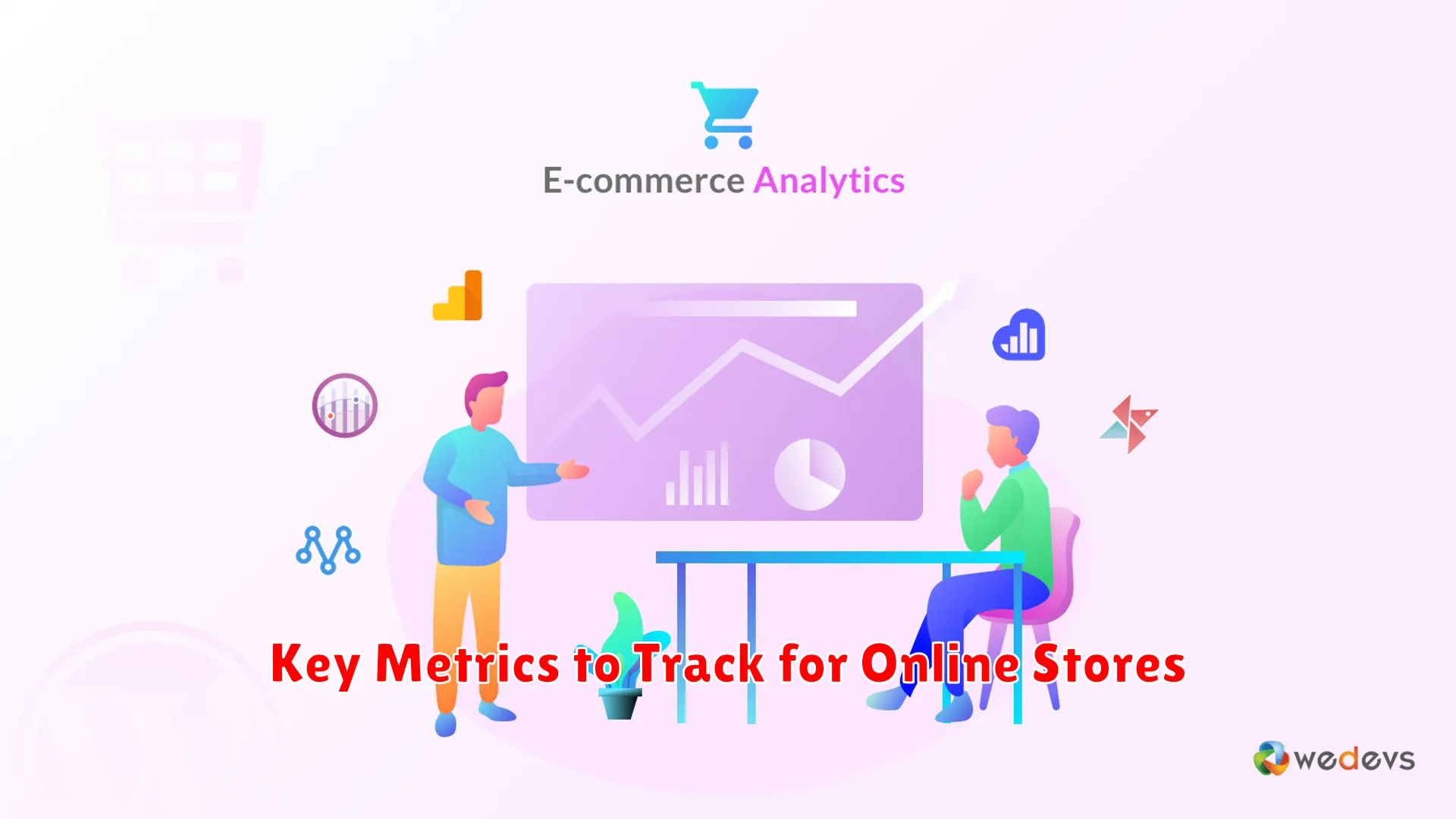
When it comes to E-commerce Analytics, understanding the key metrics to track for online stores is essential in making informed business decisions. Monitoring these metrics allows e-commerce businesses to gain insights into their performance and customer behaviors, enabling them to optimize their strategies for improved results.
1. Conversion Rate
Conversion rate is a crucial metric that indicates the percentage of website visitors who complete a desired action, such as making a purchase. Tracking this metric helps businesses evaluate the effectiveness of their online store in converting visitors into customers.
2. Average Order Value (AOV)
Understanding the average order value is important as it provides insights into the average amount customers spend on each order. Increasing the AOV can lead to higher revenue and profitability for the online store.
3. Customer Acquisition Cost (CAC)
Customer acquisition cost is the amount of money spent on acquiring a new customer. By tracking this metric, businesses can determine the effectiveness of their marketing campaigns and optimize their acquisition strategies.
4. Cart Abandonment Rate
Monitoring the cart abandonment rate helps businesses identify potential issues in the checkout process that may lead customers to abandon their carts. By addressing these issues, online stores can improve their conversion rates.
5. Return on Investment (ROI)
Return on investment is a key metric that measures the profitability of marketing campaigns and other investments. Understanding the ROI helps businesses evaluate the effectiveness of their spending and make data-driven decisions.
Tracking these key metrics and analyzing the data collected can provide e-commerce businesses with valuable insights into their performance, customer behavior, and overall success. By leveraging this data, businesses can make informed decisions to optimize their strategies, drive growth, and maximize their online store’s potential.
Tools and Platforms for E-commerce Analytics
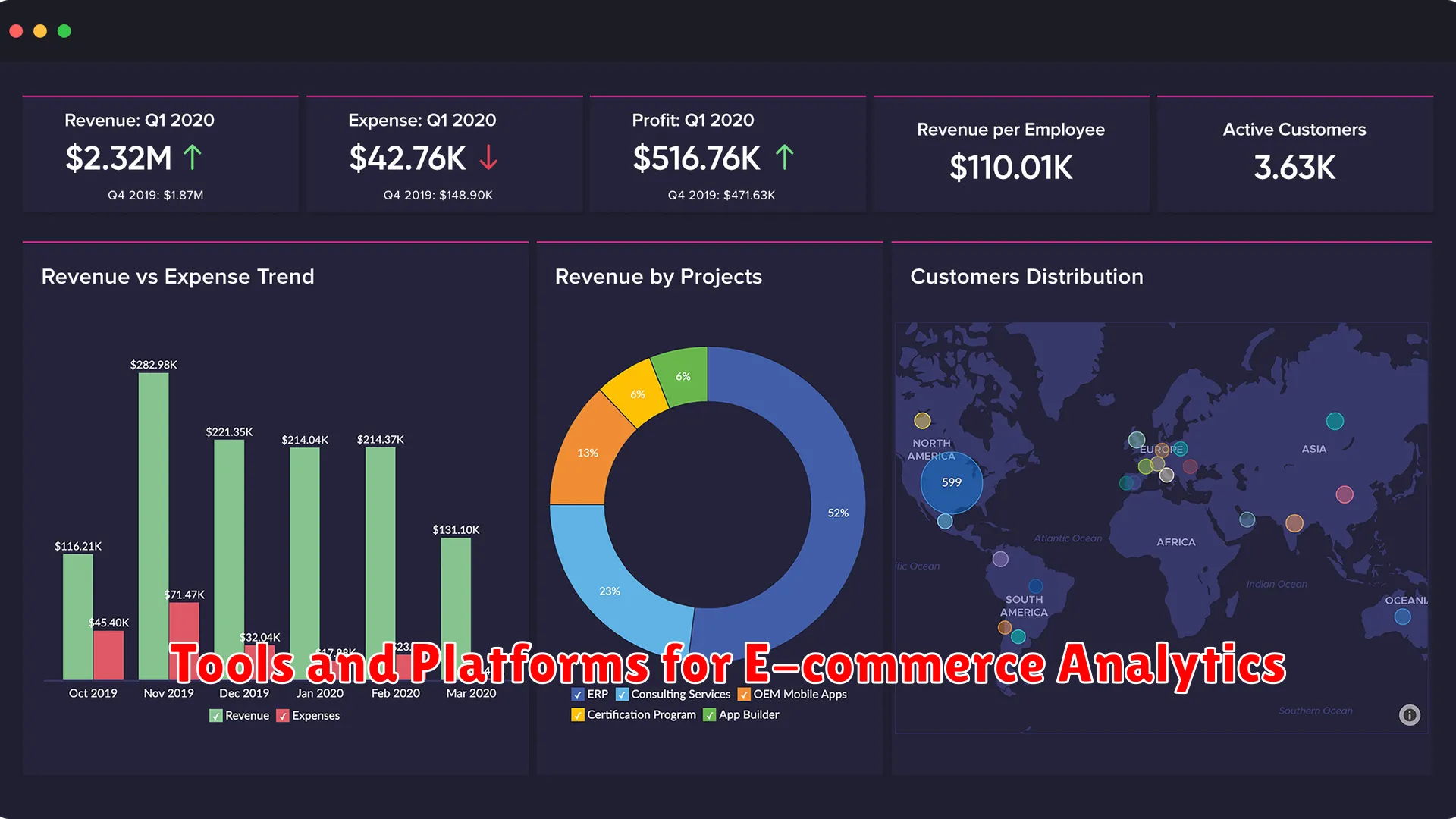
When it comes to delving into the realm of e-commerce analytics, utilizing the right tools and platforms can make a significant difference in understanding your data and making informed business decisions. Here are some essential tools and platforms that can help you navigate the complex waters of e-commerce data analysis:
1. Google Analytics
Google Analytics is a powerful and widely-used tool for monitoring website traffic, user behavior, and conversion rates. It provides valuable insights into visitor demographics, popular products, and sales performance, allowing e-commerce businesses to optimize their online strategies.
2. Shopify Analytics
For businesses using the Shopify platform, Shopify Analytics offers detailed reports on sales, customer behavior, and marketing campaigns. It enables businesses to track key performance indicators (KPIs) and measure the effectiveness of their e-commerce activities.
3. Kissmetrics
Kissmetrics is a customer analytics platform that focuses on understanding individual customer behavior. It helps e-commerce businesses track customer journeys, identify patterns, and personalize marketing efforts to improve customer retention and loyalty.
4. Hotjar
Hotjar is a popular tool for visualizing user behavior through heatmaps, recordings, and surveys. It provides insights into how users interact with your website, helping you optimize the user experience and increase conversions.
5. Tableau
For advanced data visualization and analytics, Tableau is a robust platform that allows businesses to create interactive and visually appealing reports. It helps in uncovering trends, patterns, and correlations within e-commerce data, aiding in better decision-making processes.
By leveraging these tools and platforms, e-commerce businesses can gain a deeper understanding of their data, identify areas for improvement, and ultimately make informed decisions to drive growth and success in the digital marketplace.
Analyzing Customer Behavior and Trends

Understanding customer behavior and trends is crucial for the success of any e-commerce business. By analyzing data related to how customers interact with your online store, you can gain valuable insights that can guide your business decisions.
Behavioral Analysis: One key aspect of analyzing customer behavior is tracking how they navigate through your website. By utilizing tools like Google Analytics, you can identify which pages have high bounce rates, where customers tend to drop off in the conversion funnel, and what products are frequently viewed or abandoned in the shopping cart.
Trend Identification: Monitoring trends in customer preferences can help you anticipate future demand and make informed inventory decisions. Look for patterns in product popularity, seasonal variations in sales, and emerging trends in consumer preferences that can inform your marketing strategies.
Personalization Opportunities: Analyzing customer behavior can also enable you to personalize the shopping experience. By understanding individual preferences and purchase histories, you can offer targeted product recommendations, tailor marketing messages, and implement loyalty programs to enhance customer retention.
Data-Driven Decision Making: Utilizing e-commerce analytics to analyze customer behavior and trends empowers you to make data-driven decisions. By leveraging insights from your data, you can optimize website design, refine marketing campaigns, and enhance customer satisfaction to drive better business outcomes.
Improving Conversion Rates with Data Insights
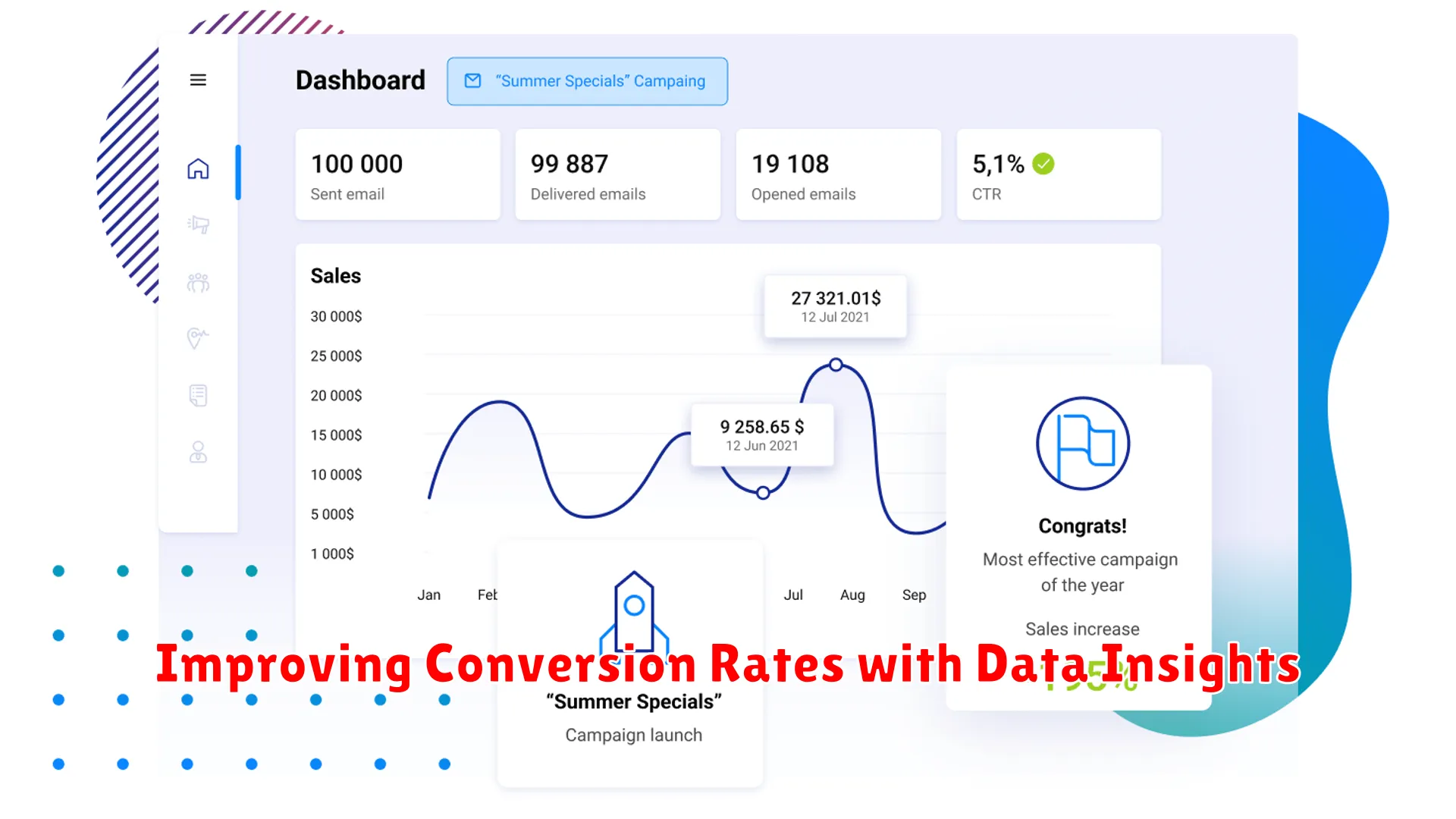
Understanding your E-commerce analytics data is crucial for making informed decisions that can drive better business outcomes. When it comes to improving conversion rates, leveraging data insights can make a significant impact on the success of your online store.
1. Analyzing Customer Behavior: One key aspect of using data insights is understanding how customers interact with your E-commerce platform. By analyzing metrics such as bounce rate, time on page, and cart abandonment rates, you can gain valuable insights into customer behavior and preferences.
2. Personalizing the Customer Experience: Data insights allow you to personalize the customer experience by tailoring product recommendations, marketing messages, and offers based on customer preferences and behavior. Personalization can lead to higher conversion rates and increased customer loyalty.
3. Optimizing Product Pages: Utilizing data insights can help you optimize your product pages for better conversion rates. By analyzing which products perform well and which ones need improvement, you can make data-driven decisions to enhance product descriptions, images, and pricing.
4. A/B Testing Strategies: Another effective way to improve conversion rates is through A/B testing different elements on your website, such as call-to-action buttons, color schemes, and layout designs. Data insights from A/B testing can help you determine which variations generate higher conversion rates.
5. Monitoring and Tracking Performance: Continuously monitoring and tracking the performance of your E-commerce analytics data is essential for identifying trends, patterns, and areas for improvement. Regularly reviewing your data insights will enable you to make timely adjustments to optimize your conversion rates.
Advanced Techniques: Predictive Analytics and AI

In the realm of E-commerce Analytics, harnessing predictive analytics and artificial intelligence (AI) can elevate your understanding of data and empower your business decisions. These advanced techniques offer a deeper insight into customer behaviors, market trends, and performance projections.
By integrating predictive analytics, E-commerce businesses can anticipate future trends and customer preferences with a higher degree of accuracy. This facilitates proactive decision-making, enabling organizations to stay ahead of the competition and tailor their strategies accordingly.
Additionally, the utilization of AI in E-commerce Analytics opens up possibilities for personalized recommendations and dynamic pricing models. Through machine learning algorithms, AI can analyze vast volumes of data in real-time to deliver tailored suggestions to individual customers, enhancing their shopping experience and driving sales.
Furthermore, the combination of predictive analytics and AI enables businesses to create predictive models that forecast outcomes based on historical data patterns. These models empower organizations to optimize inventory management, forecast sales performance accurately, and identify potential risks or opportunities in the market.
Case Studies: Success Stories in E-commerce Analytics
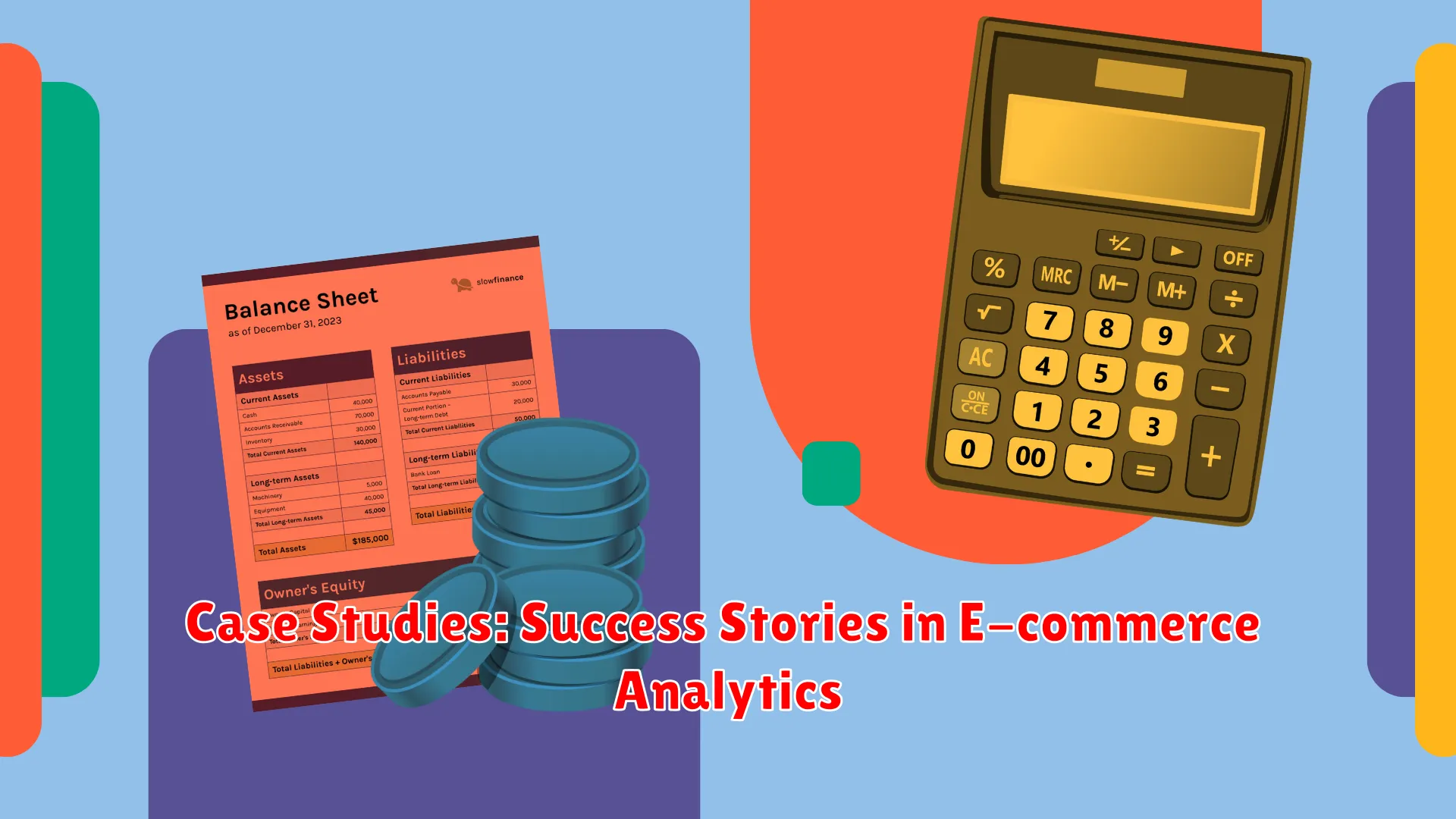
Implementing effective e-commerce analytics can provide valuable insights to make informed business decisions. Let’s delve into some success stories of businesses harnessing the power of analytics in their e-commerce operations:
1. Company X: Revenue Boost Through Customer Segmentation
Company X, an online retail store, analyzed their customer data using e-commerce analytics tools. By segmenting their customers based on purchase history and behavior, they tailored targeted marketing campaigns. This strategy led to a significant increase in customer engagement and a notable uplift in revenue.
2. Company Y: Optimizing Product Recommendations with Data Analysis
Company Y, a global e-commerce platform, utilized data analytics to optimize their product recommendation engine. By analyzing customer browsing patterns and purchase history, they personalized product suggestions for each user. This approach resulted in a notable rise in cross-selling and upselling opportunities.
3. Company Z: Enhanced Conversion Rates Through A/B Testing
Company Z, an e-commerce start-up, leveraged A/B testing in their website design and marketing strategies. By analyzing the data from these tests using analytics tools, they identified and implemented changes that significantly improved their conversion rates. This data-driven approach played a pivotal role in their business growth.
Conclusion: The Power of Data-Driven Decisions

In the fast-paced world of E-commerce, understanding your data is paramount to making informed business decisions. E-commerce Analytics offer a wealth of valuable insights that can drive your online business to success. Leveraging data to make decisions can provide you with a competitive edge and help you stay ahead of the curve in the digital marketplace.
By harnessing the power of data-driven decisions, you can optimize your marketing strategies, improve customer experiences, and enhance operational efficiency. Analyzing key metrics such as conversion rates, customer behavior, and website performance can unlock opportunities for growth and profitability.
Furthermore, data-driven decisions enable you to personalize your offerings, tailor your promotions, and identify trends that can shape the future of your E-commerce business. By leveraging the insights derived from E-commerce Analytics, you can make proactive decisions that are backed by solid data and increase the likelihood of achieving your business objectives.
Ultimately, embracing data-driven decision-making is not just a trend but a necessity in the dynamic landscape of E-commerce. By understanding and utilizing your data effectively, you can drive informed strategies, make smarter choices, and steer your online business towards sustained success.
Conclusion
Effective utilization of E-commerce analytics can significantly enhance business decision-making and drive overall success through data-driven strategies.

